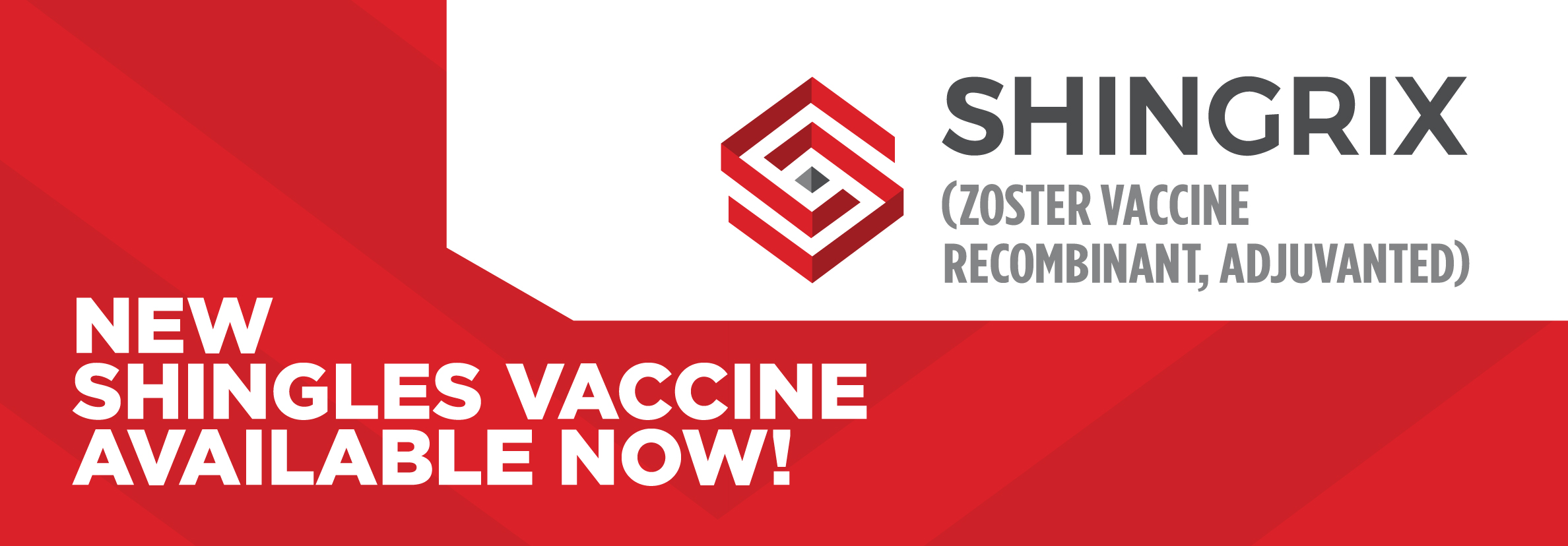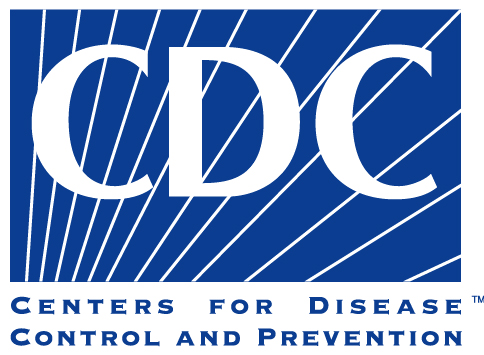
What Everyone Should Know about Shingles Vaccine (Shingrix)
Shingles vaccination is the only way to protect against shingles and postherpetic neuralgia (PHN), the most common complication from shingles. CDC recommends that healthy adults 50 years and older get two doses of the shingles vaccine called Shingrix®, separated by 2 to 6 months, to prevent shingles and the complications from the disease. Your doctor or pharmacist can give you Shingrix as a shot in your upper arm.
Shingrix provides strong protection against shingles and PHN. Two doses of Shingrix is more than 90% effective at preventing shingles and PHN. Protection stays above 85% for at least the first four years after you get vaccinated. Shingrix is the preferred vaccine, over Zostavax®, a shingles vaccine in use since 2006.
Who Should Get Shingrix?
Healthy adults 50 years and older should get two doses of Shingrix, separated by 2 to 6 months. You should get Shingrix even if in the past you
- had shingles
- received Zostavax
- are not sure if you had chickenpox
There is no maximum age for getting Shingrix.
If you had shingles in the past, you can get Shingrix to help prevent future occurrences of the disease. There is no specific length of time that you need to wait after having shingles before you can receive Shingrix, but generally you should make sure the shingles rash has gone away before getting vaccinated.
You can get Shingrix whether or not you remember having had chickenpox in the past. Studies show that more than 99% of Americans 40 years and older have had chickenpox, even if they don’t remember having the disease. Chickenpox and shingles are related because they are caused by the same virus (varicella zoster virus). After a person recovers from chickenpox, the virus stays dormant (inactive) in the body. It can reactivate years later and cause shingles.
If you had Zostavax in the recent past, you should wait at least eight weeks before getting Shingrix. If you have questions or to determine the best time to get Shingrix, talk with your healthcare provider.
Who Should Not Get Shingrix?
The side effects of the Shingrix are temporary, and usually last 2 to 3 days. While you may experience pain for a few days after getting Shingrix, the pain will be less severe than having shingles and the complications from the disease.
You should not get Shingrix if you:
- have ever had a severe allergic reaction to any component of the vaccine or after a dose of Shingrix
- tested negative for immunity to varicella zoster virus. If you test negative, you should get chickenpox vaccine.
- currently have shingles
- currently are pregnant or breastfeeding. Women who are pregnant or breastfeeding should wait to get Shingrix.
If you have a minor acute (starts suddenly) illness, such as a cold, you may get Shingrix. But if you have a moderate or severe acute illness, you should usually wait until you recover before getting the vaccine. This includes anyone with a temperature of 101.3°F or higher.
How Well Does Shingrix Work?
Two doses of Shingrix provides strong protection against shingles and postherpetic neuralgia (PHN), the most common complication of shingles.
- In adults 50 to 69 years old who got two doses, Shingrix was 97% effective in preventing shingles; among adults 70 years and older, Shingrix was 91% effective.
- In adults 50 to 69 years old who got two doses, Shingrix was 91% effective in preventing PHN; among adults 70 years and older, Shingrix was 89% effective.
Shingrix protection remained high (more than 85%) in people 70 years and older throughout the four years following vaccination. Since your risk of shingles and PHN increases as you get older, it is important to have strong protection against shingles in your older years.
Sources:
 |
http://www.CDC.gov
https://www.cdc.gov/vaccines/vpd/shingles/public/shingrix/index.html










